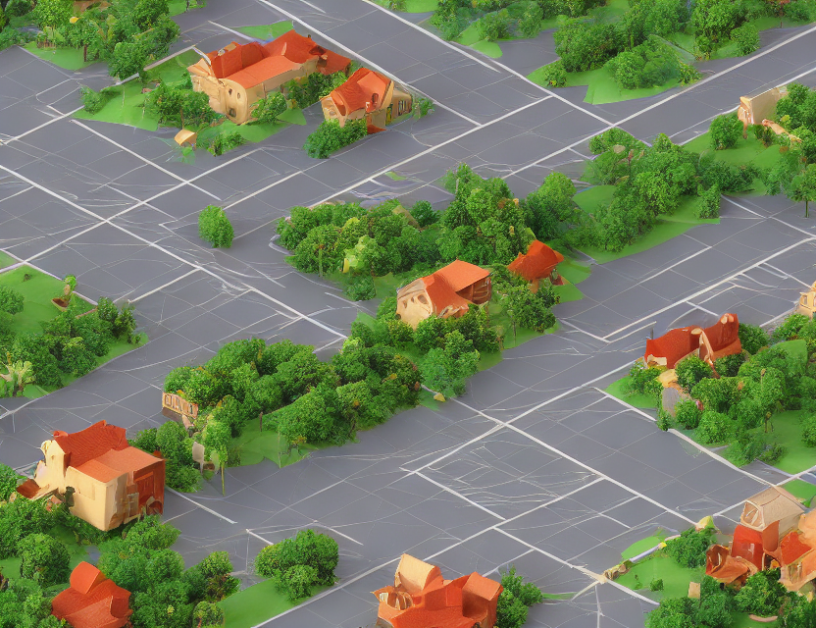Image segmentation is a crucial step in computer vision and image processing, as it enables us to analyze and understand complex images better. However, traditional community detection-based segmentation methods often struggle with incorporating contextual information, which can significantly impact their accuracy and robustness. This article explores the challenges of over-segmentation and under-segmentation in these methods and proposes solutions for addressing them by incorporating contextual information.
The authors explain that contextual information, such as object relationships and scene context, can help algorithms better capture the boundaries and structures within an image. By taking into account the interactions between objects and their contextual information, community detection-based segmentation methods can achieve more precise and meaningful results.
To address over-segmentation and under-segmentation issues, the article suggests developing algorithms that can balance segmentation accuracy with the number of regions in an image. This can be achieved by using techniques such as adaptive thresholding or clustering to reduce the number of segments without compromising segmentation accuracy.
The authors also highlight the importance of integrating deep learning and community detection for fine-grained segmentation. By combining these two approaches, algorithms can achieve more accurate and robust segmentation results, especially in complex images with multiple objects and contextual information.
In conclusion, incorporating contextual information is essential for improving the accuracy and robustness of community detection-based image segmentation methods. By addressing over-segmentation and under-segmentation challenges, these algorithms can provide more precise and meaningful results, enabling us to better understand complex images in computer vision and image processing applications.
Computer Science, Computer Vision and Pattern Recognition
Addressing Over-Segmentation and Under-Segmentation Issues in Image Segmentation



